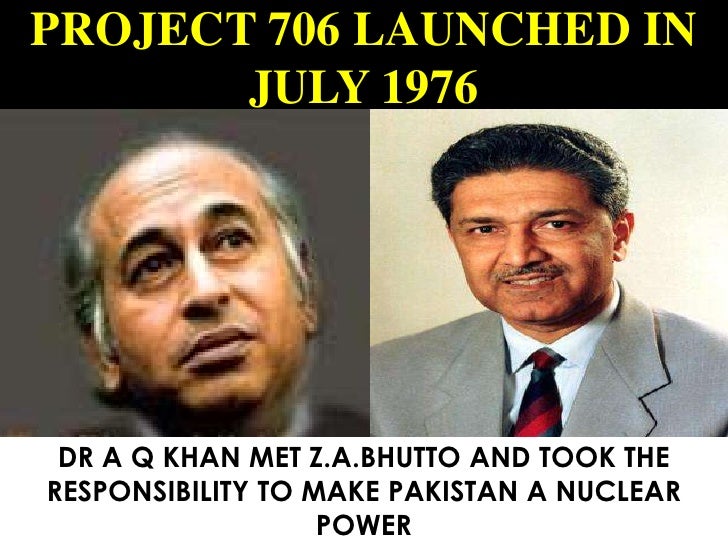
By Anaya Shahid 26 May 2020
Youm-e-Takbeer is a day of greatness when Pakistan already a responsible country was transformed into a strategically mature regional power. It sensibly understood the management and liability of having nuclear weapons for security. Ever since independence, Pakistan is neighbor to a hostile state – India, ruled by extremist Hindutva ideology that has threatened Pakistan’s sovereignty and existence. In 1948, India forcefully occupied Kashmir, Hyderabad, and Junagadh areas by massacring people who did not want to annex with India.
In 1971, Indian subverting and destabilizing activities resulted in disintegration of East Pakistan. India till today is covertly sponsoring terrorism through its agents in Iran and bases in Afghanistan to weaken Pakistan. In 1998, India tested nuclear weapons while openly threatening to sabotage Pakistan. Therefore, on 28 May 1998 Pakistan as a direct response also tested nuclear weapons to deter Indian aggression at any cost. Pakistan annually commemorates this day as the National Science Day and also as a reminder of the struggle and great odds it faced in order to defuse Indian threat.
“If India had not exploded the bomb, Pakistan would not have done so. Once New Delhi did so, we had no choice because of public pressure” – Former Pakistani PM Nawaz Sharif.
Acquisition of nuclear deterrence capability was also necessary to project Pakistan’s self-sufficiency in defense against any territorial threat. Pakistan’s nuclear tests made it clear that when it comes to national honor and survival, Pakistan would maintain a balance of power against its adversaries. Indian acquisition of nuclear weapons compelled Pakistan to build its nuclear muscle for improving national security, otherwise it had no intentions to do so. India’s covert pursuit of weapons of mass destruction had drastically heightened the security perception of Pakistan.
South Asian strategic dynamics were changed forever with the advent of nuclear weapons. Former Indian Home Minister L.K. Advani warned Pakistan that it should “realize the change in the geo-strategic situation in the region and the world” and Pakistan must submit to Indian dictation otherwise “will be futile and costly for Pakistan.” So, the hostile hegemonic plan of India had to be neutralized by Pakistan through reciprocating nuclear tests. Since then, nuclear dissuasion has played a critical role in political security and strategic stability of South Asia. It is pertinent to note that Pakistan has always been hesitant to engage in the nuclear weapons race in South Asia.
It is quite obvious that Pakistan’s decision makers are well aware of repercussions of military conflict and escalation as well as nuclear arms race in the region. Pakistan on numerous occasions has bilaterally proposed India to limit the manufacturing or acquisition of nuclear weapons in order to strengthen arms control and disarmament in the region. India, though, has always declined to sign any disarmament or restraint agreement with Pakistan.
So, it is India, which is to be blame for triggering the nuclear arms race in the region. For instance, following are the occasions when Pakistan proposed restraint solutions to India:
ü 1974 – The establishment of a nuclear weapons free zone in south Asia.
ü 1978 – A joint Indo-Pakistan declaration renouncing the acquisition and manufacture of nuclear weapons.
ü 1979 – Mutual inspections of nuclear facilities.
ü 1979 – Simultaneous adherence to the NPT.
ü 1979 – Simultaneous acceptance of full-scope IAEA safeguards.
ü 1987 – An agreement on a bilateral or regional nuclear test ban treaty.
ü 1991 – Commencement of a multilateral conference on the nuclear proliferation in south Asia.
ü 1993 – Creation of a missile-free zone in south Asia.
ü 1998 – A strategic restraint regime aimed at ensuring a nuclear restraint, establishing a conventional balance, and resolution of all disputes between the two countries.
ü 2004 – A joint agreement to reduce the threat of nuclear war and a missile race.
ü 2006 – A prohibition on development of missile defense systems, and restraint in deployment of nuclear weapons and missiles.
ü 2011 – Again a Strategic Nuclear Restraint Regime (SNRR) pertain to Missile Restraint, Peaceful Resolution of Conflict and Conventional Balance.
ü 2016 – A bilateral arrangement on non-testing of nuclear weapons.
These propositions, however, were met with cold feet by India, which not only decreased nuclear weapons control possibilities in the region, but also pressured Pakistan to enter the nuclear arms race. Unlike India, Pakistan has no offensive strategic approach or aggressive hegemonic design rather, its nuclear capability is purely defensive. A nuclear conscious Pakistan has a strong understanding of the sensitivities involved in military adventurism.
Youm-e-Takbeer has helped Pakistani leaders in making wise decisions to consistently support nuclear nonproliferation. Pakistani scientists and engineers have employed research and development of nuclear technology for peaceful uses. For instance, power generation, agriculture, medicine, and environment. Pakistan believes in peaceful coexistence and as a responsible nuclear country, it has put serious efforts to settle longstanding disputes. If the international community would force India to follow the same, South Asia could not go into nuclear brinkmanship.

●▬▬▬▬online JOBS▬▬▬▬▬●
My detail time work with facebook I am making over $2000 a month working low maint-enance. I endured h-earing one-of-a-kind people disclose to me how an awful lot cash they’re able to make online so I selected to research it. All matters considered, it modified into all valid and has genuinely modified my existence. For greater information go to below link
HERE☛www.gocash9.com